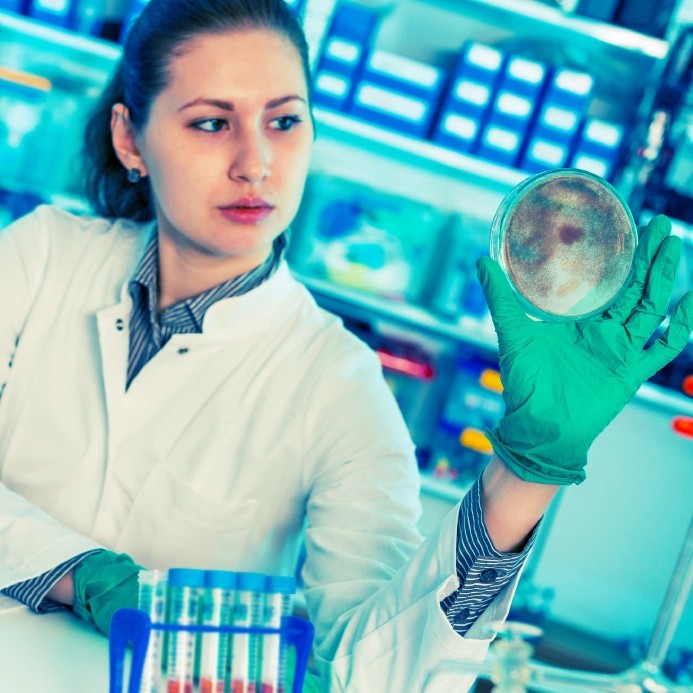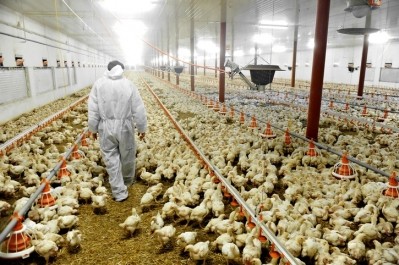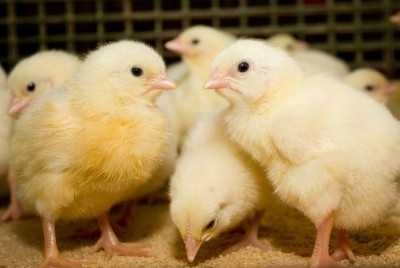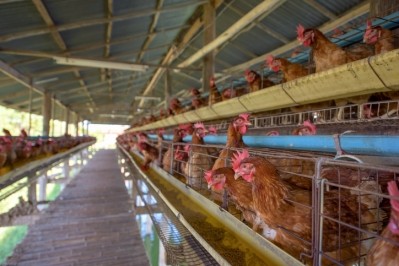Amlan lab checks gut for feed additive answers

The Nevada-headquartered feed additives company recently opened a laboratory focused on improving the company's knowledge intestinal animal health and the microbiome. The goal of the effort is to determine how its products strengthen the intestinal barrier and help protect against disease.
The new facility is located at the company’s existing Innovation Center in Vernon Hills, Illinois.
The new facility, called the Richard Jaffee Laboratory for Applied Microbiology, will explore technologies that address bacterial-related diseases in terrestrial and aquatic species.
Marc Herpfer, vice president of research and product development at Amlan, told FeedNavigator:
“The biosafety level-2 lab enables the examination of materials and organic compounds and their interaction with bacteria or fungus (such as animal feed, intestinal tissue, feces, to eggs and meat).
“It will also allow us to further our understanding of how our products support intestinal health from within the microbiota; as well as, optimize our existing product offerings.
"This investment adds an exciting layer to our 75 years of experience and understanding of mineral, physical and organic chemistry sciences."
Laboratory focus and details
The microbiology facility is about 18,200 square feet and took about nine months to complete, said Herpfer. The larger complex it is a part of was previously dedicated to a focus on research, development and technical support efforts.
Amlan has hired additional microbiologists as part of its investment.
Work at the site is set to relate, initially, to chicken and swine production, said Herpfer. “We are currently focusing on improving the intestinal health of chickens and pigs in order to enhance their productivity, especially in antibiotic-free production environments."
The technical capabilities at the lab will allow the team identify and enumerate bacterial pathogen strains and quantify biological toxins like mycotoxins, endotoxins and exotoxins, he said. “Such capabilities include the analyses of DNA and RNA proteins (PCR-Gel), molecular and biochemical characterizations (GC-MS and HPLC), antimicrobial assays (MIC and MBC), cellular and morphological analyses (optical microscopy) and tissue culturing,” he added.
“We believe that aligning efforts with our customers’ needs will yield a higher level of success,” he said. “Whether it’s expert technical support to elevate customers’ products, or innovative collaboration to develop new applications and products, we now have the necessary tools.”














